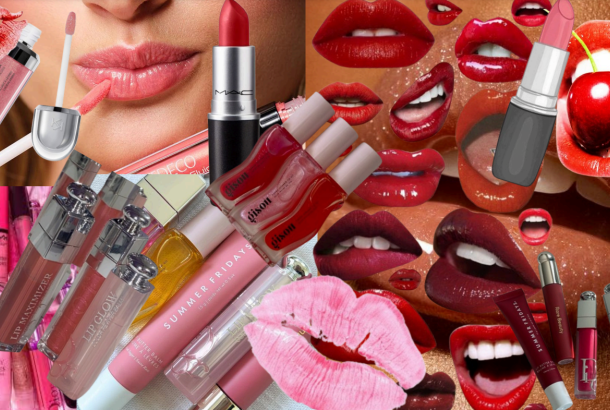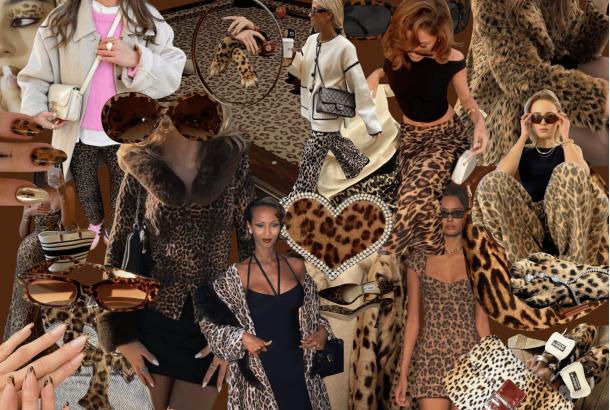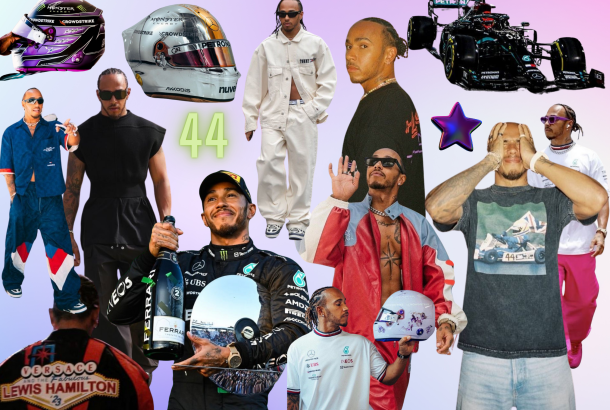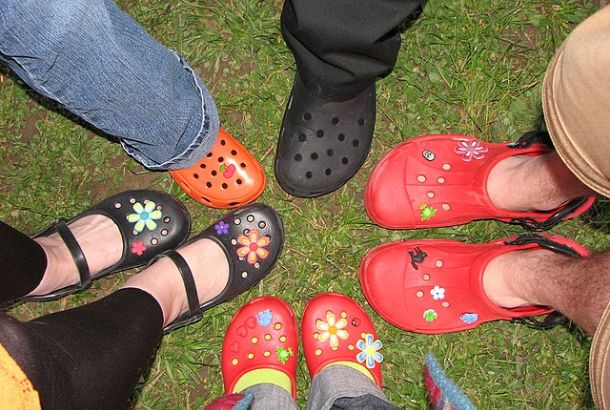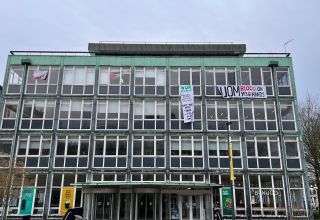This decade’s fashion is undefinable because it was obsessed with the past
By Alice Porter
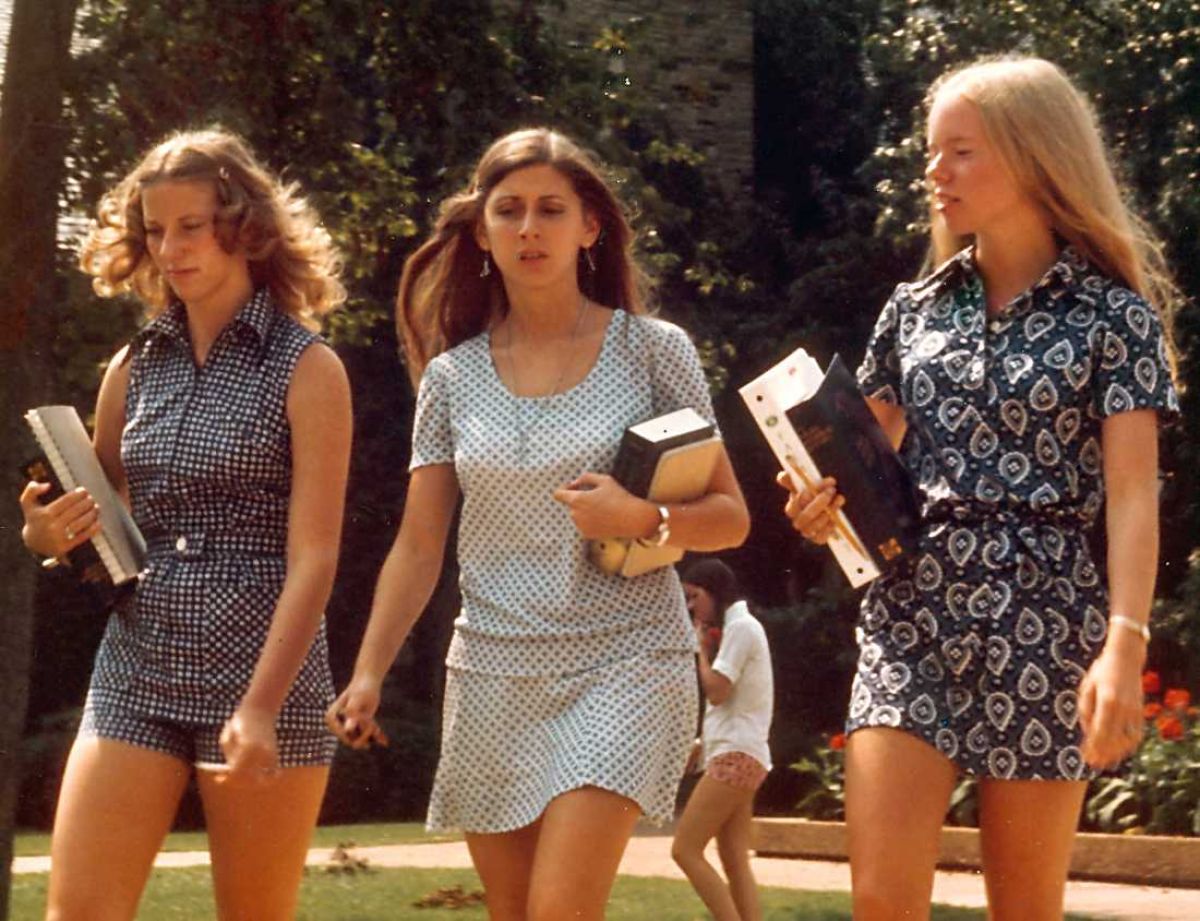
Considering the world in terms of decades is characteristic of the fashion industry. Every ten-year period is defined by a trend, then filed away for future reference. The 60s gave us tonal co-ords and a-line midi skirts. The 70s is defined by flared trousers and bell-sleeved tops. 80s fashion is remembered for neon colours and denim everything, while the 90s is distinguished by a slinky slip dress and pair of mom jeans. The noughties were where things got a little less straightforward, but this period can still be defined by a number of items, including low-cut pants and velour tracksuits.
However, it’s very difficult to define the 2010s in this way, because its uniqueness comes, paradoxically, from borrowing the trends of every other decade. By so consistently defining new clothes in terms of old trends, have we prevented the 2010s from becoming its own fashion era? More importantly, has this reliance curbed innovation within the fashion industry? Alternatively, one could argue that by blending together different eras, the decade has surpassed its more one-dimensional predecessors. In that case, has the 2010s actually been the most exciting fashion-era yet?
While it’s hard to define the time that you’re living through, during the last ten years the fashion industry has become more nostalgic than ever. Runway reviews increasingly pigeonhole collections into the most similar decade, and even on the high-street there are adverts for ‘70s flares’ or ‘80s club dresses’.
The democratisation of fashion is one reason that contemporary fashion is hard to define. Fast fashion, despite its drastic ethical and environmental effects, has undoubtedly made things more accessible in the West. People have more choice, follow trends less and, consequently, we can’t slap an easy label on what they wear. On top of this, there are more fashion designers and from a greater diversity of backgrounds. In previous decades, particularly in high fashion, a small group of influential designers were aware of each other and, unconsciously or not, were influenced by one another. Coherent trends materialised in this way. But the circle of influence has now been penetrated by a greater number of small designers, leading to diverse directions that resist broad definition.
What they can be defined by, though, is nostalgia. It’s difficult to look at a collection, high-end or high-street, without pinpointing the elements that represent a certain era. Even if parts of it are innovative and modern, what we seem to be interested in are the reflections of the past. Perhaps this shows a longing for a simpler time, in which the only option was some low-rise bootcuts and a crop top, because that’s what everyone was wearing and that’s all you could buy. We look to the past, it seems, to subdue the overwhelming consumer choice offered by this decade, to define ourselves in a time when nothing is definable.
We may look back on the 2010s as an era of confused fashion, when trends were non-existent, with so many people interested in fashion, but nobody wearing the same thing. Going into the 2020s, perhaps the fashion industry needs to revolutionise, embracing modernity and defining itself decisively.
Or perhaps the 2010s was the fashion revolution. Doing away with trends through democratisation, fashion has been a great promoter of diversity and encouraged self-expression in a way that makes the industry safer for people of colour and the LGBTQ+ community. This has largely been the result of social media, which has provided a platform for everyone to learn and get involved. It is also a result of the fast fashion boom, which comes at the cost of the environment and the people making our clothes, for whom the fashion industry has not diversified or democratised but instead seriously regressed.
The 2010s has been a complicated decade for fashion in so many ways and its unwillingness to define itself reflects this. Perhaps fashion’s obsession with the past can be used productively in the 2020s, as we look to an older model of ‘buying less but better’, in order to slow down an industry that has dangerously accelerated during the new millennium. So far, we have failed to combine accessibility with social and environmental justice across and this must be resolved in the new decade.
